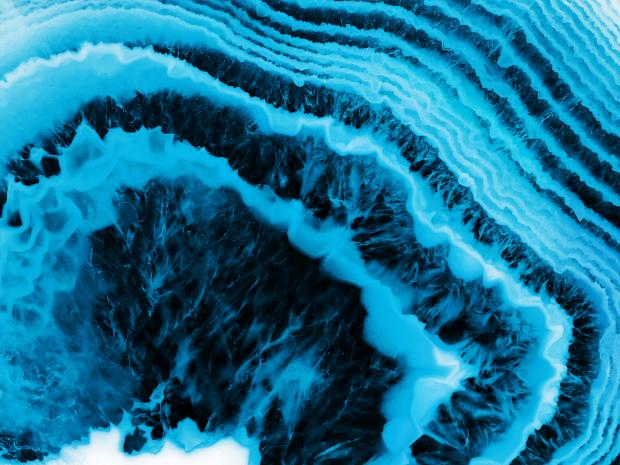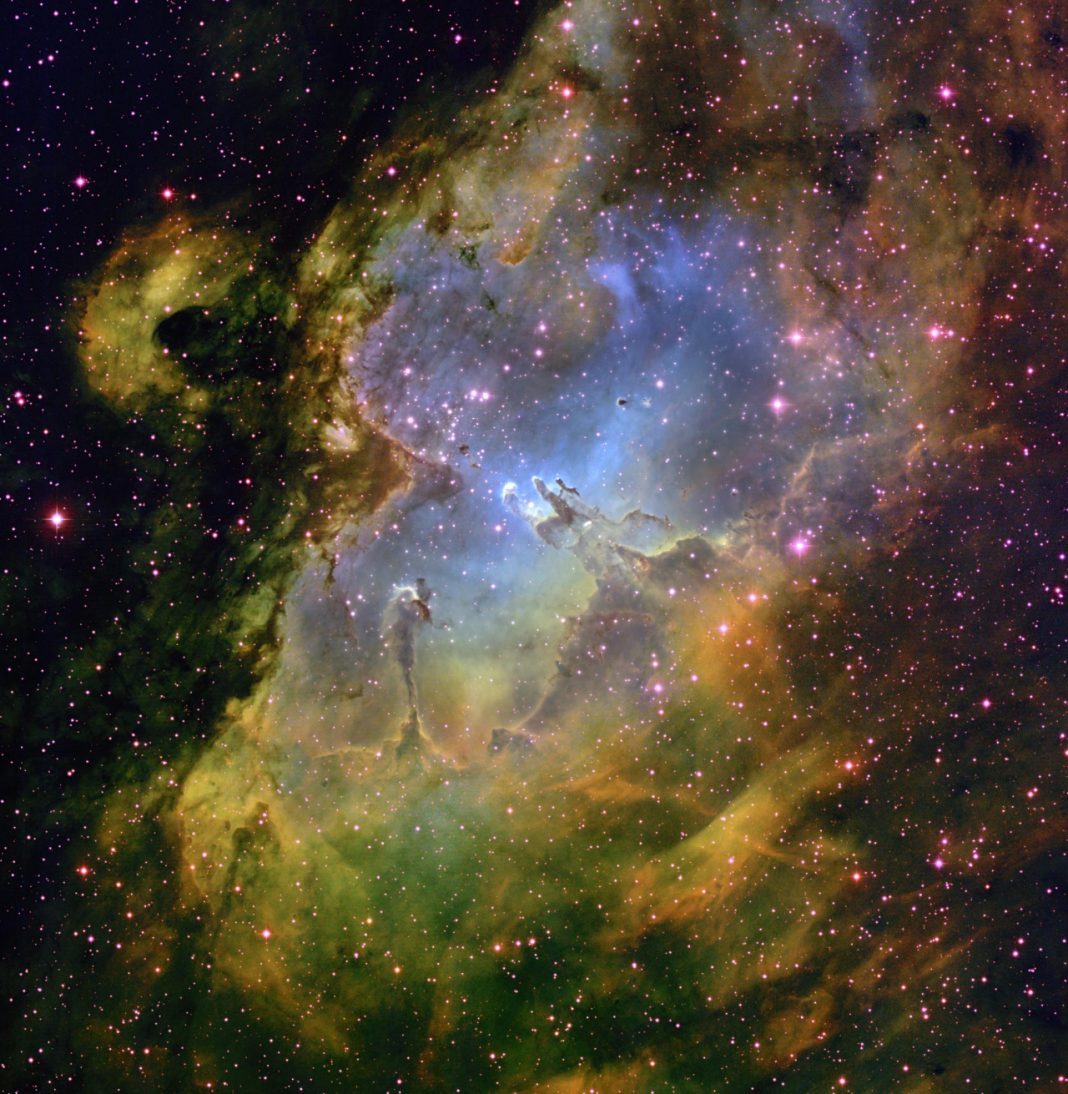For decades now scientists have been desperately trying to prove the existence of dark matter. Dark energy and dark matter make up around 95 percent of the entire cosmos, with only 5 percent left that makes up the visible part that we can actually see. Scientists last-ditch attempt at this was using a specially built telescope at CERN, bit, unfortunately, it failed miserably in finding the evidence they were hoping for.
Axions are one way that could help to explain dark matter and is an idea that first came about many years ago. The search for these hypothetical particles was the object of the CERN Axion Solar Telescope (CAST) experiment. CAST is actually a helioscope that was built using a 10-meter superconducting magnet. It moves along a rail and tracks the sun’s movements for an hour and a half every disk and every dawn, and has done since 2003. Any solar axions that managed to get into the observation area would get converted into photons and can then be detected by sensors at either end of the magnet.
After extensive research was conducted on CAST data collected between 2012 and 2015 scientists eventually announced that no evidence for solar axions has been found. According to a statement on the CERN, website scientists can now place limits “on the strength of the coupling between axions and photons for all possible axion masses.” Deputy spokesperson for CAST, Igor Garcia Irastorza, said in the statement,” The limits concern a part of the axion parameter space that is still favored by current theoretical predictions and is very difficult to explore experimentally. For the first time, we have been able to set limits that are similar to the more restrictive constraints set by astrophysical observations.” The parameters in which scientists search for axions has now narrowed because of this.
The team’s expanded search criteria now look for other low-energy particles including those from the dark energy spectrum. Also, there may be a new, much larger telescope on the cards called IAXO which would be built using learned data from CAST. But, until that’s been approved, it’s back to the drawing board.
More News to Read
- Is the End of the Quantum Computer Race Finally in Sight?
- Excitement Stirs as the James Web Telescope is Almost Ready to Go
- Move over Spielberg and make Way for this Script Writing AI
- Scientists Uncover a Higher State of Consciousness
- Self-Taught Artificial Intelligent Increases Heart Attack Prediction Rate Significantly











